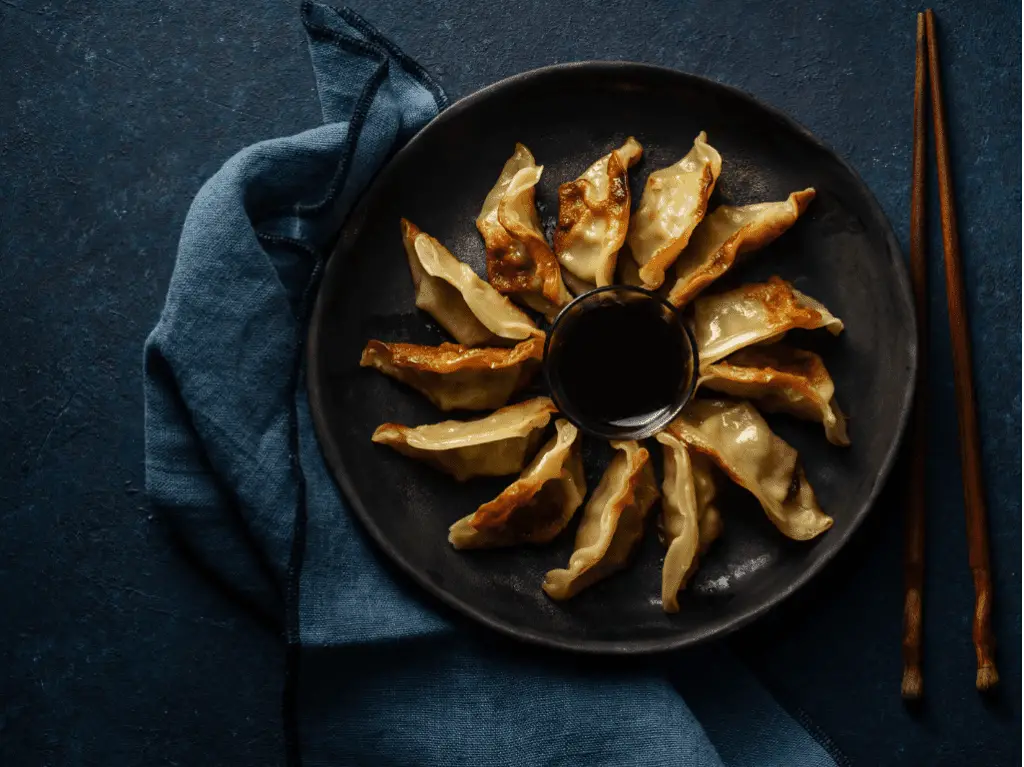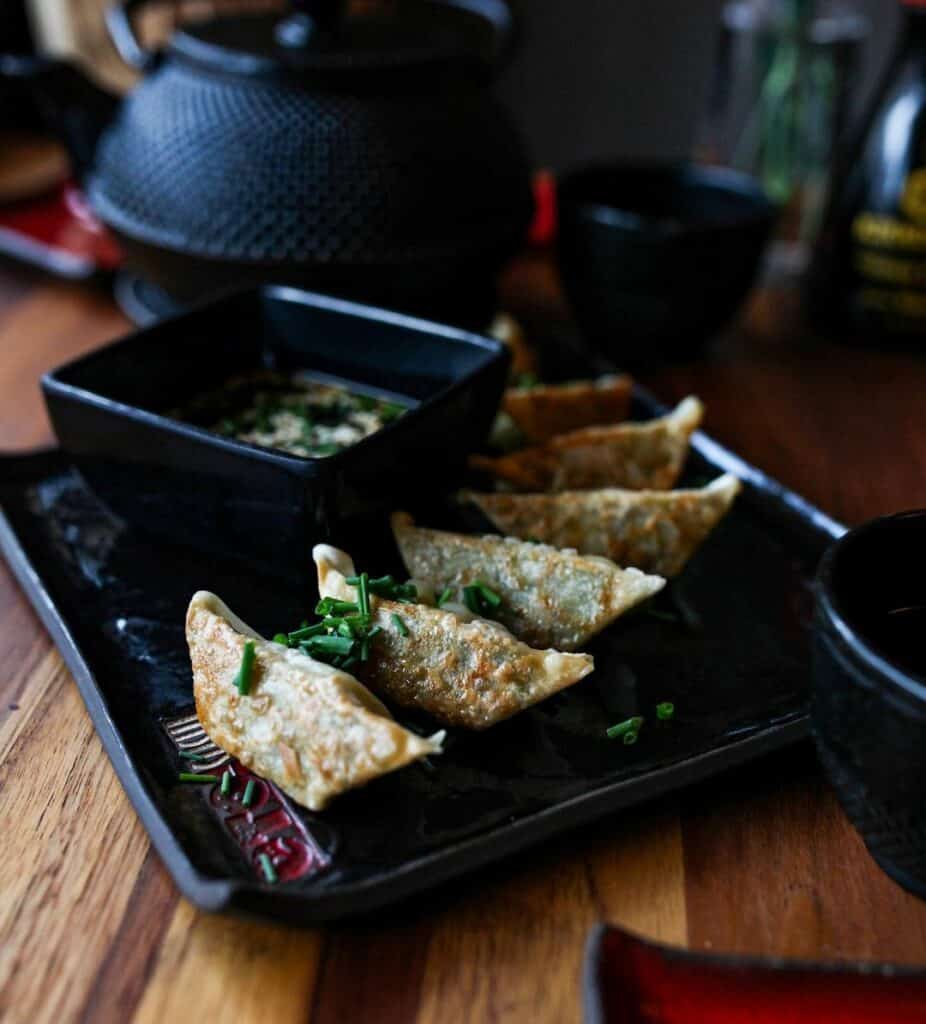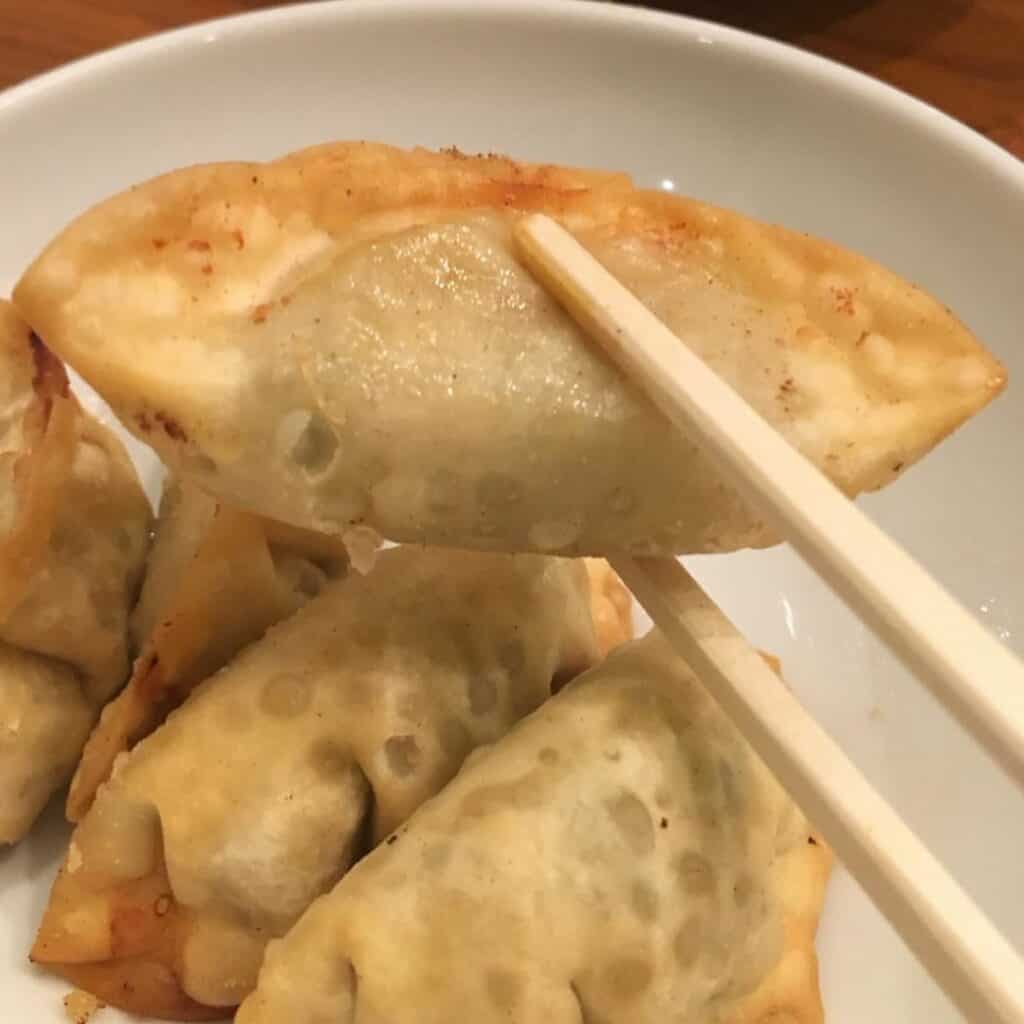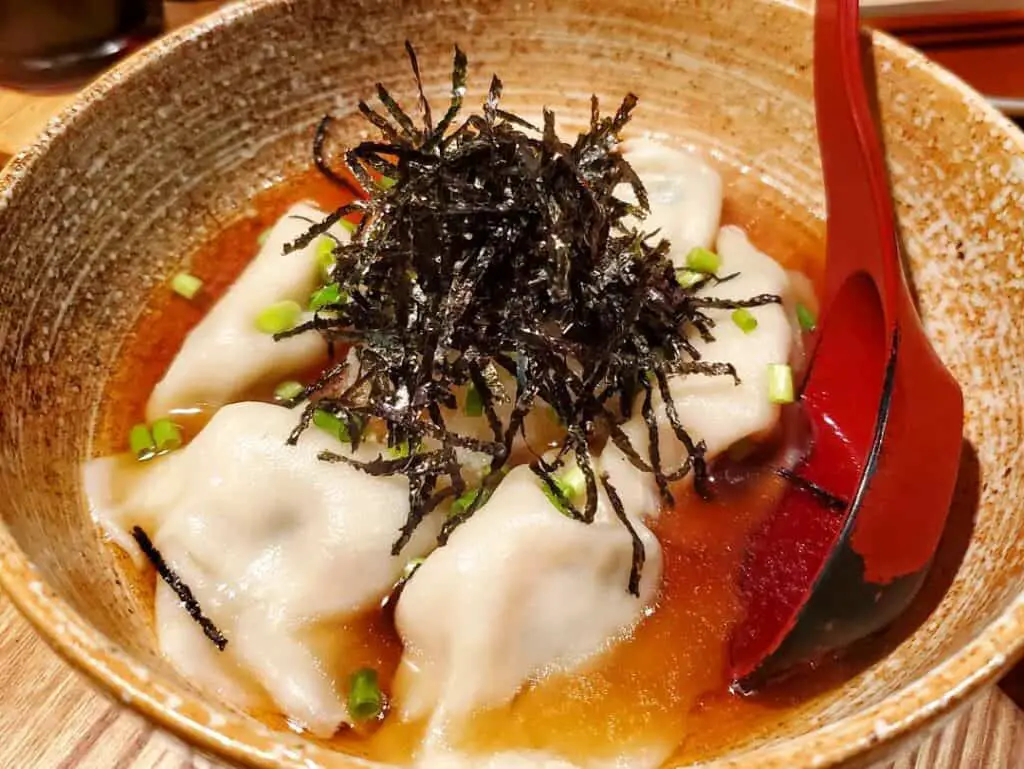There’s an old joke in China about a foreigner’s understanding of Chinese food, though like many good jokes, it’s somewhat lost in translation. To boil it down, it says that talking about food so much means we miss out on enjoying it. What we’re going to discuss today is whether or not Gyoza is Chinese.
Gyoza is a traditionally Chinese dish. These Chinese dumplings are never absent at celebrations, be they for Chinese New Year or the various festivals that are celebrated annually. They’re also extremely popular items at Dim Sum.


There are many different kinds of Gyoza. In this blog, we’ll discuss the different kinds of Gyoza as well as talk about the food’s origin, which is one of the more mysterious ones to come from the region.
Is Gyoza Chinese?
Foreign cuisines such as Japanese and Chinese have been hugely popular in the U.S. since the 1960s. Artists and poets like Allen Ginsburg spoke of bowls Miso soup and ramen noodles in little holes-in-the-wall of New York’s Soho.
It’s actually worth asking whether Gyoza is Chinese or not, because it has one of the more obscured origin stories of any dish. Instead of any actual facts, we have suppositions and theories of where it came from.
The most popular of which date the dish as far back as AD 200, when it was supposedly created by what’s called a Zhang Zhongjing, or a practitioner of Chinese pharmacology in the early Han dynasty. At the time, they were used to treat ears that had suffered from frostbite.
Zhang Zhongjing suspected that people were more susceptible to frostbite due to malnutrition, so he came up with a recipe of dough and protein like lamb to alleviate that. Because it was first used in medicine, it carries with it some positive superstitions.
For instance, eating Gyoza is supposed to bring prosperity and wealth to those who consume it, which is why it’s such a staple during celebrations and family gatherings.
Today, Gyoza is one of the most popular Chinese foods globally. It’s a wonderful snack or an appetizer for Dim Sum, a celebratory treat or it represents the hope for a better tomorrow. That’s an awful lot of thought packed into a food already full of flavor.
Different Types of Gyoza
Gyoza is not a dish constrained by its ingredients. There are three main types of Gyoza, though you could fill it with whatever ingredients you may enjoy.
In Japan, for instance, it’s common to fill the Gyoza with shredded meat, cabbage and mushrooms. They can also be seasoned with various spices and herbs to provide even more flavor. Of the ingredients that tend to crossover the most, Nira (garlic chives) are usually used, as are ginger, sesame seeds and oil.
Some other methods are even more unconventional, including seafood options such as prawn and shrimp. Like most foods today, there are vegetarian and vegan options available as well.
Here are the three main types of Gyoza.
Yaki-gyoza

This is the most popular version of Gyoza in Japan, where it’s not local but is still very popular. It’s made much the same as Chinese dumplings, though they are pan-fried rather than boiled. They are fried with a covered lid until the last few minutes, to ensure extra crispiness.
One popular way of cooking gyoza Japanese-style is to fry them together in a pan so that the tiny potstickers stick together, forming one large dumpling.
Age-gyoza

Yaki-gyoza and age-gyoza are somewhat hard to tell apart in appearance, but there’s one major thing that separates them. They are deep-fried. It’s a fascinating take on a classic dish, though many find it a little too much like the fast-food version of Gyoza. You should always be careful biting into them, as they retain a great deal of heat after being fried.
Sui-gyoza

Sui-gyoza is much more like the traditional, boiled Chinese Gyoza, though the main difference is that they are often boiled in a broth of soup instead of just water. This lends them a very tender, soft, chewiness in the wrapping while allowing the meat and vegetable flavors inside really shine.
It’s also much healthier than any friend alternative, which is the case with any more authentic Gyoza you get in a restaurant.
Gyoza is meant to be enjoyed like most Chinese foods, with chopsticks, though if you’re uncomfortable with the utensil, forks are always provided at restaurants. They can be eaten hot or cold, but most restaurants have their own special sauce to dip it in both to cool it and to add to it.
There is so much about Japanese and Chinese food that makes it special, including the history behind them. It makes complete sense that foreign foods have such rich origin stories, as the flavors hidden in things such as tofu and soba noodles would take years to fully appreciate.
Gyoza’s history may be unconfirmed, but its tastiness has been confirmed over and over throughout the centuries. It’s the kind of Chinese delight that makes exploring different cultures’ foods so worthwhile.